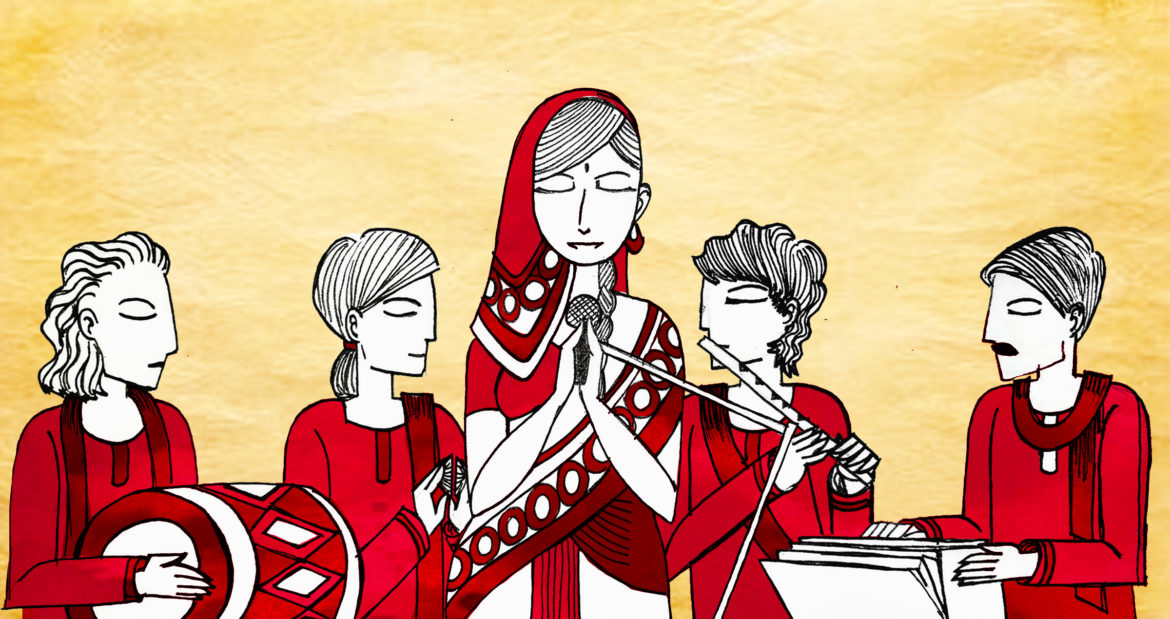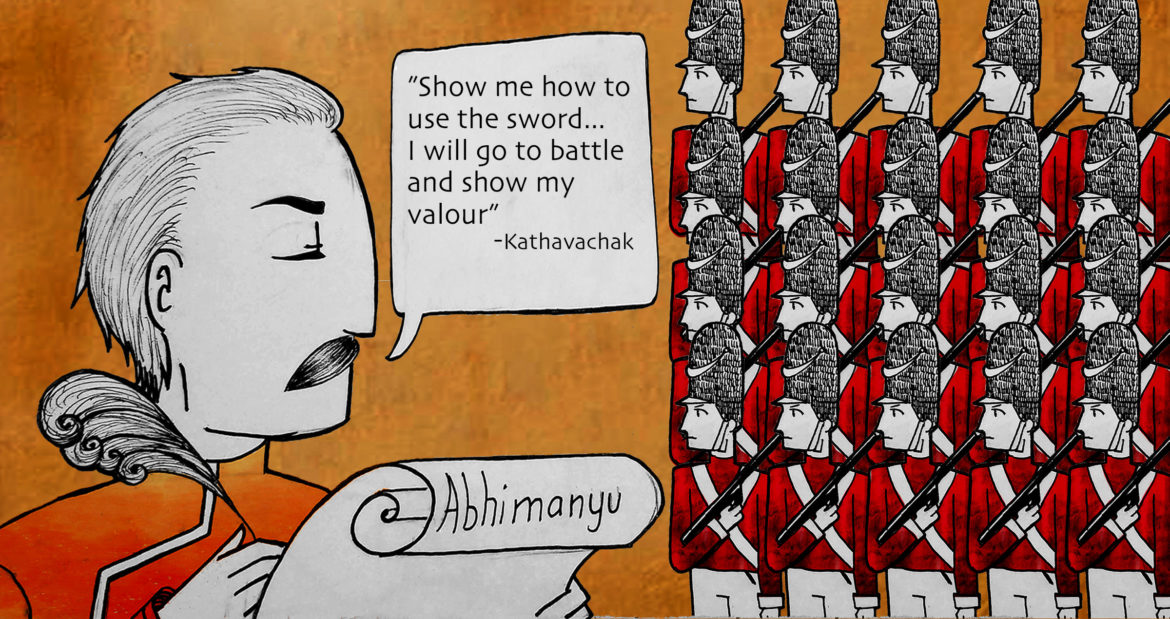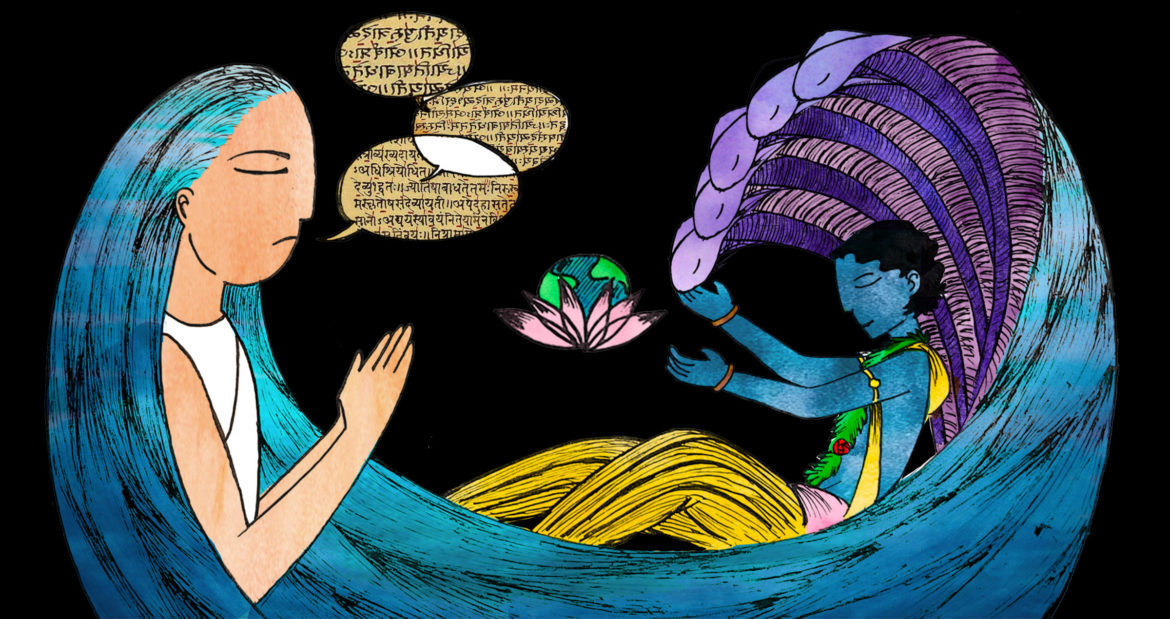Illustration 1: Nabagunjara Patachitra painting by Shri Kalu Charan Barik. Photo credit: Abhimanyu Barik
The Patachitra traditions of Odisha are replete with artistic, cultural, and symbolic connotations. The stories from the eighteen Mahapuranas, Upa-puranas, Mahābhārata, and other epics are the core of the Patachitra lineage in Odisha. These tales from the oral or the verbal classical and folk traditions when translated into the visual medium through art, become richer and highly emblematic. Imaginative terrains associated with these artistic mediums have storytelling as their central motif. There have been several discursive papers, books, and reflection articles that narrate the stories that are depicted in Patachitras, and of late there is a renewed interest in the Puranic stories especially those concerning animals and their interpretations in paintings and other new mediums. This article focuses on one such aspect of the Patachitra’s storytelling tradition which is a recurrent motif in several paintings made in this style from the ancient times to its contemporary expressions – the story of the Nabagunajara (in colloquial Odia) or the Navagunjara besa (form/attire). Over the past decade, there has been a massive interest in understanding the story of the Nabagunjara. Devdutt Pattanaik created popular interest in the word Nabagunjara with a brief mention of the tale in his book Indian Mythology: Tales, Symbols, and Rituals from the Heart of the Subcontinent (2003). There has been a persistent interest in the Internet world to narrate the symbolic as well as the artistic meanings concealed within the story of the Nabagunajara. Stray articles with limited research have been circulating on the Internet with half-baked reflections on the Nabagunjara.




